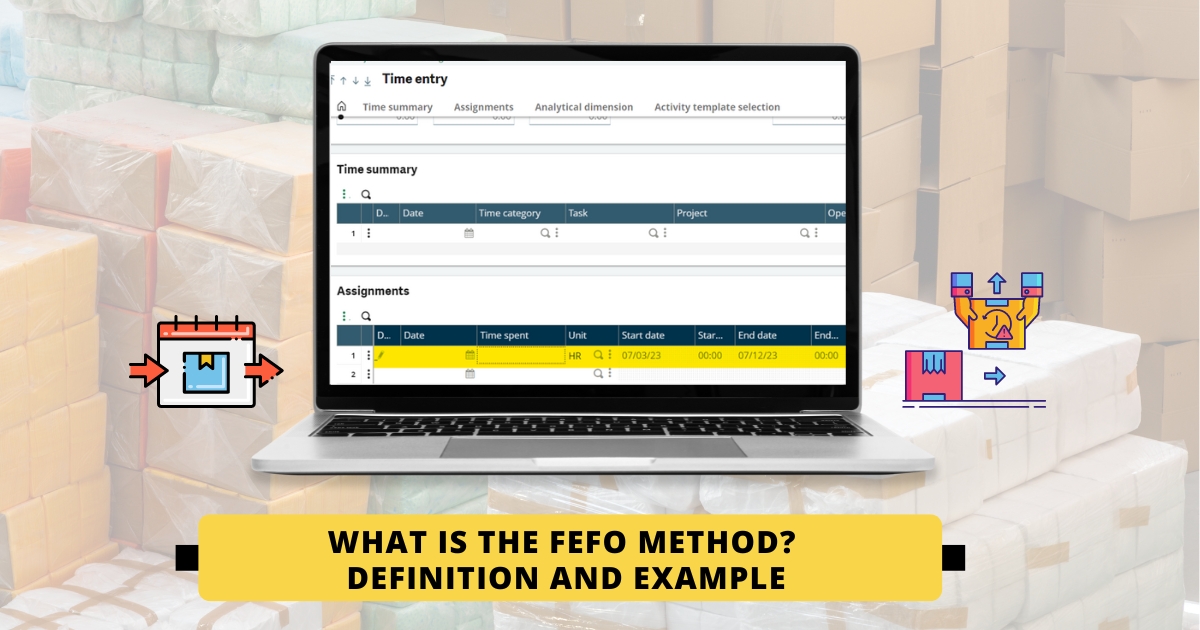First Expired, First Out (FEFO) is a term used in field inventory management to describe a way of dealing with the logistics of products that have a limited shelf life. These items include perishable products or consumer goods with a specified expiration date. FEFO (First Expired, First Out) revolutionizes how businesses handle their inventory by prioritizing products based on their expiration dates. This intelligent approach to stock management ensures optimal product quality while minimizing waste and maximizing efficiency. Discover the key differences between FEFO, FIFO, and LIFO in pharmaceutical inventory management. Learn how each method impacts regulatory compliance, product quality, and operational efficiency in GMP/GDP-regulated warehouses.
Discover the key differences between FEFO, FIFO, and LIFO in pharmaceutical inventory management. Learn how each method impacts regulatory compliance, product quality, and operational efficiency in GMP/GDP-regulated warehouses. What is FEFO and how does it differ from other inventory methods? FEFO (First Expired, First Out) is an inventory management method that prioritizes products based on their expiration dates rather than when they were received. The FIFO (First In, First Out) and FEFO (First Expired, First Out) methods are among the most widely used techniques for warehouse flow management. These organizational systems ensure proper stock rotation, minimizing the risk of product spoilage and improving operational efficiency. Difference Between FIFO and FEFO. FIFO (First In First Out): Sells the oldest stock first; ideal for products without strict expiry concerns. FEFO (First Expired First Out): Prioritizes items nearing their expiration dates; crucial for perishable goods to prevent waste and health risks. FEFO method in food production: extends expiration dates, cuts waste, organizes warehouses, ensures smooth material flow, and boosts customer satisfaction. Implement FEFO started with categorizing, labeling with expiration dates, prioritizing by date, and maintaining sequence during regular checks.
The FIFO (First In, First Out) and FEFO (First Expired, First Out) methods are among the most widely used techniques for warehouse flow management. These organizational systems ensure proper stock rotation, minimizing the risk of product spoilage and improving operational efficiency. Difference Between FIFO and FEFO. FIFO (First In First Out): Sells the oldest stock first; ideal for products without strict expiry concerns. FEFO (First Expired First Out): Prioritizes items nearing their expiration dates; crucial for perishable goods to prevent waste and health risks. FEFO method in food production: extends expiration dates, cuts waste, organizes warehouses, ensures smooth material flow, and boosts customer satisfaction. Implement FEFO started with categorizing, labeling with expiration dates, prioritizing by date, and maintaining sequence during regular checks. FEFO (first expired, first out) is an inventory management strategy that helps reduce waste, maintain product quality and comply with industry regulations. In this post, we show you how to apply the FEFO method in your warehouse to optimise the management of.
